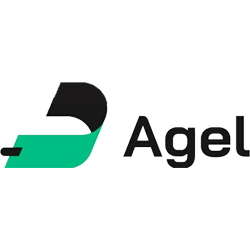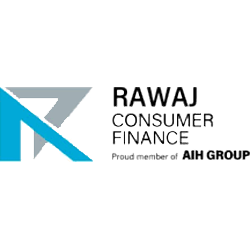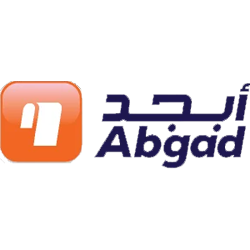Financing & Loan Management
Loan Management System (LMS) for Micro, Nano, and Consumer Finance
The loan management system is a comprehensive solution for managing micro, nano, and consumer finance. It is designed to help businesses streamline their loan processes and provide a secure platform for lenders and borrowers to interact. The system offers a wide range of features that make it an ideal choice for businesses in the finance industry.
The loan management system also offers advanced features such as credit scoring, fraud detection, and automated payment processing. This helps lenders reduce the risk of fraud while ensuring that payments are made on time. Additionally, the system can be integrated with other financial systems such as accounting software or customer relationship management (CRM) systems to provide a comprehensive view of all loan activity.
The loan management system also provides detailed reporting capabilities that allow lenders to track their performance over time. This helps them identify areas where they can improve their processes or adjust their lending criteria in order to better serve their customers. Additionally, the reporting feature allows lenders to easily monitor their portfolio performance and make informed decisions about future investments.

-
Customer onboarding
-
Automatic knock out
-
Automated loans approval
-
Automated loan and installments calculation

-
Social media Integration
-
Mobile Applications
-
Payment Gateways
-
Fully integrated accounting system

-
Linked with credit scoring systems
-
Fully compliant with regulatory standards

-
Different types of loans
-
Delays, default, and early settlement management

-
Dashboards
-
Reports
-
Dynamic analysis tools
Fintech References






Customer Onboarding Process
The customer onboarding process is the first step in the loan management system. It involves collecting customer information and verifying their identity. This includes collecting personal information such as name, address, phone number, email address, and other relevant data. The system should also be able to verify the customer’s identity using government-issued documents such as a driver’s license or passport. Once the customer has been verified, they can then be approved for a loan.
Integration with Social Media and Mobile Applications
The loan management system should be able to integrate with social media and mobile applications. This will allow customers to apply for loans directly from their mobile devices or social media accounts. This will make it easier for customers to apply for loans and make payments on time.
Automatic Knock Out Criteria
The loan management system should have an automatic knock out criteria feature that will reject applications that do not meet certain criteria. This will help ensure that only qualified applicants are approved for loans and reduce the risk of defaulting on loans. The criteria can include credit score, income level, employment history, etc.
Integration with Credit Scoring Systems
The loan management system should be able to integrate with credit scoring systems such as Experian or Equifax. This will allow lenders to quickly assess a customer’s creditworthiness and determine whether they are eligible for a loan or not.
Automated Loans Approval
The loan management system should have an automated approval process that will quickly approve or reject applications based on predetermined criteria such as credit score, income level, employment history etc. This will help lenders save time by quickly assessing applications and approving them without manual intervention.
Automated Loan Calculation
The loan management system should have an automated loan calculation feature that will calculate the amount of interest due on a loan based on predetermined criteria such as term length, interest rate etc. This will help lenders save time by quickly calculating interest rates without manual intervention.
Different Types of Loans (Standard, Revolving, ETC…)
The loan management system should support different types of loans such as standard loans, revolving loans etc., so that lenders can offer different types of products to their customers depending on their needs and requirements.
Loans Installments Automated Calculations
The loan management system should have an automated installment calculation feature that will calculate the amount due each month based on predetermined criteria such as term length, interest rate etc., so that customers can easily understand how much they need to pay each month towards their loan repayment plan without manual intervention from lenders or brokers.
Fully Integrated Accounting System
The loan management system should have a fully integrated accounting system so that all transactions related to the lending process are tracked accurately and efficiently in one place without manual intervention from lenders or brokers. This will help ensure accuracy in tracking payments made by customers towards their loans and reduce errors in accounting records due to manual entry errors or omissions by staff members involved in the lending process.
Dashboards, Reports and Dynamic Analysis Tools
The loan management system should provide dashboards, reports and dynamic analysis tools so that lenders can easily monitor their lending activities in real-time without manual intervention from staff members involved in the lending process. These tools can provide insights into trends in customer behaviour which can then be used by lenders to improve their lending strategies over time based on changing market conditions or customer needs/requirements over time .